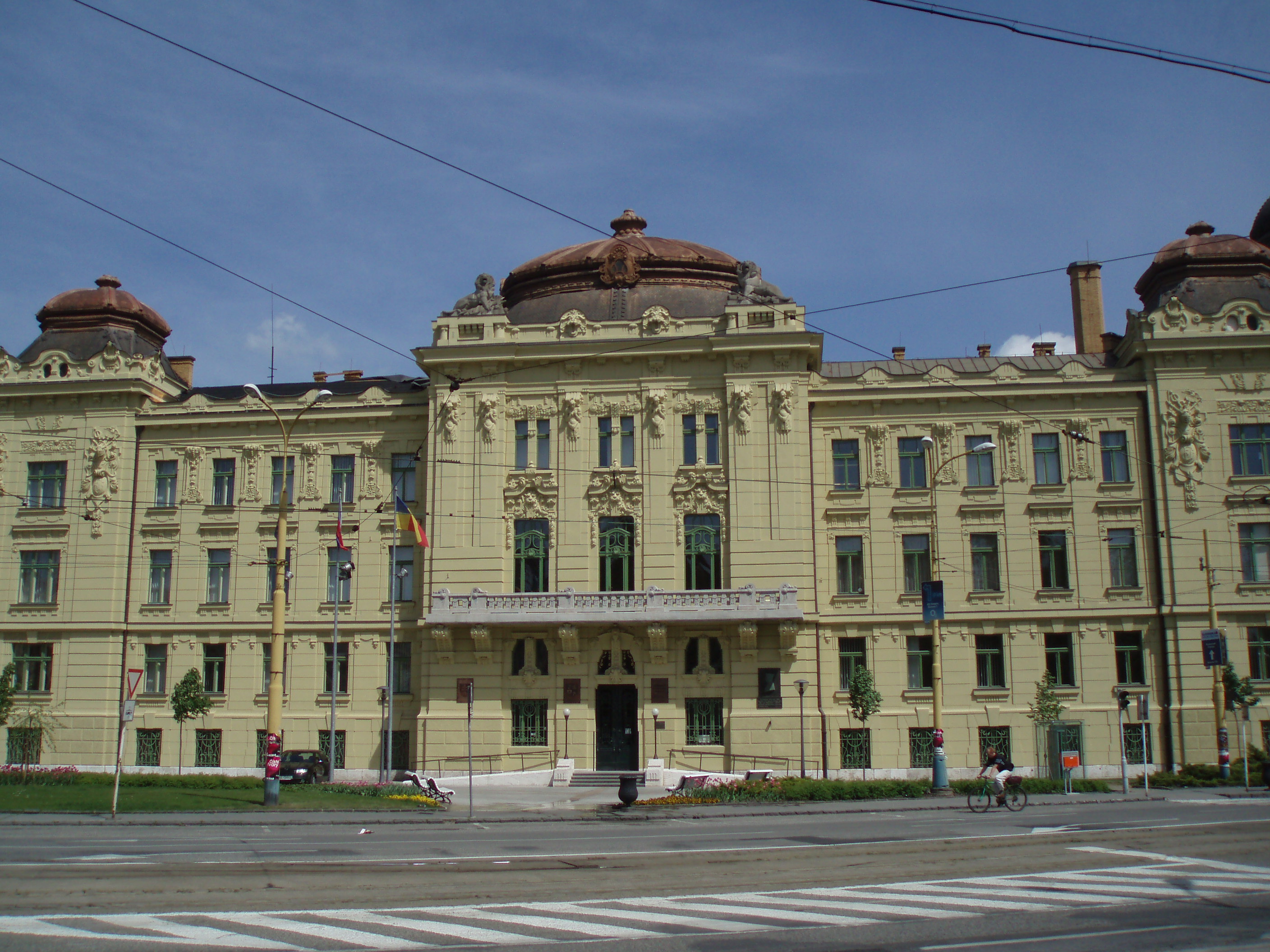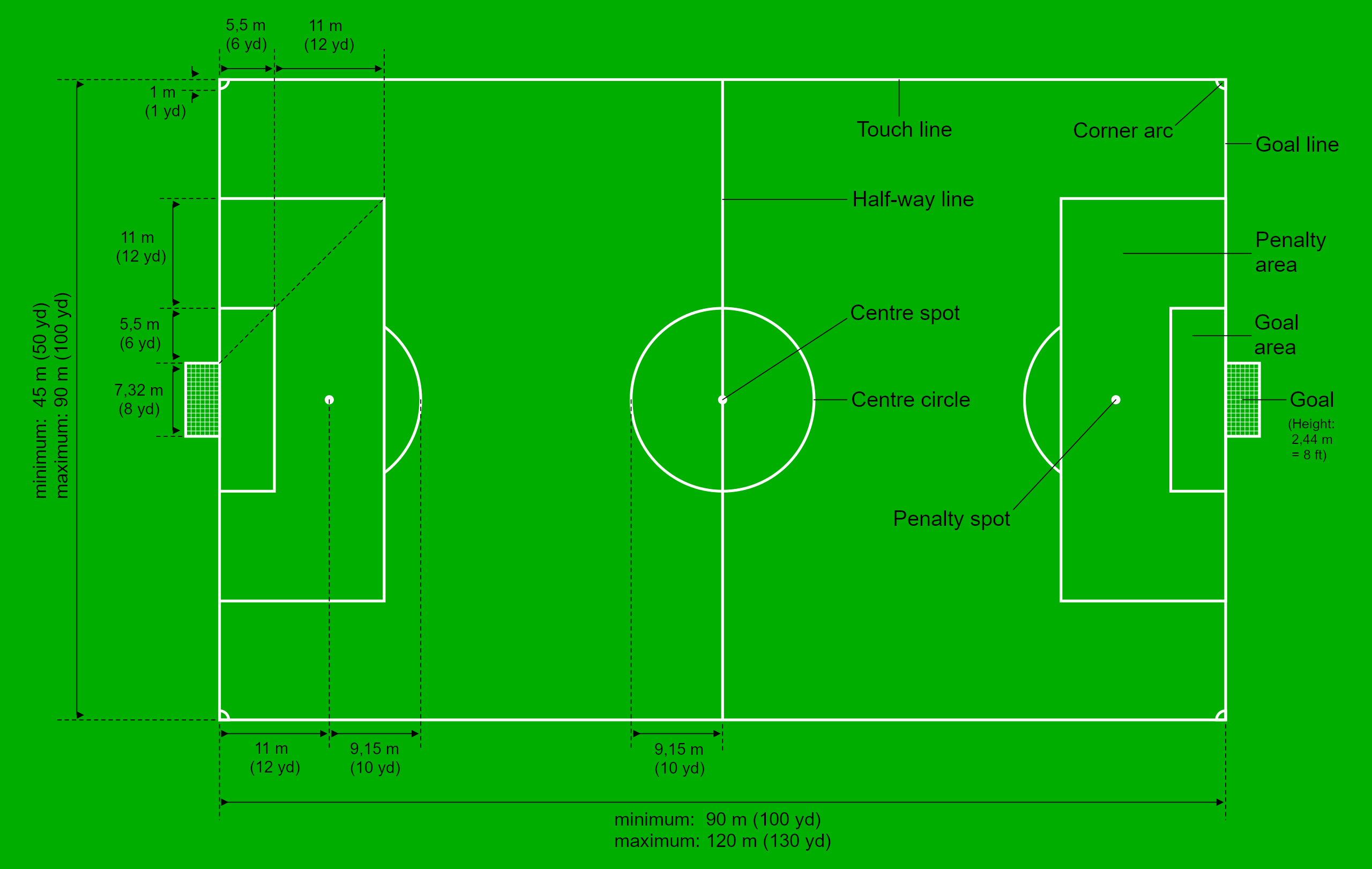|
Ruská
Ruská ( hu, Dobóruszka) is a village and municipality in Michalovce District in the Košice Region of eastern Slovakia. History In historical records the village was first mentioned in 1195. This makes it one of the oldest recorded villages in not only Michalovce District but in the entire Košice Region. Geography The village lies at an elevation of 109 metres and covers an area of 11.905 km². It has a population of about 595 people. Ethnicity The population is about 94% Hungarian in ethnicity (547 inhabitants out of 584, according to 2001 census). Famous people Here is buried the famous Hungarian captain of Eger struggling against the Ottoman empire, István Dobó. Culture The village has a small public library and an association football pitch A football pitch (also known as soccer field) is the playing surface for the game of association football. Its dimensions and markings are defined by Law 1 of the Laws of the Game, "The Field of Play". The pitch is typic ... [...More Info...] [...Related Items...] OR: [Wikipedia] [Google] [Baidu] |
Michalovce District
Michalovce District (''okres Michalovce'') is a district in the Košice Region of eastern Slovakia Slovakia (; sk, Slovensko ), officially the Slovak Republic ( sk, Slovenská republika, links=no ), is a landlocked country in Central Europe. It is bordered by Poland to the north, Ukraine to the east, Hungary to the south, Austria to the .... Until 1918, the district was split between the county of Kingdom of Hungary of Zemplín (in the west) and Uh (in the east). Municipalities References Geography of Košice Region Districts of Slovakia {{Michalovce-geo-stub ... [...More Info...] [...Related Items...] OR: [Wikipedia] [Google] [Baidu] |
Slovakia
Slovakia (; sk, Slovensko ), officially the Slovak Republic ( sk, Slovenská republika, links=no ), is a landlocked country in Central Europe. It is bordered by Poland to the north, Ukraine to the east, Hungary to the south, Austria to the southwest, and the Czech Republic to the northwest. Slovakia's mostly mountainous territory spans about , with a population of over 5.4 million. The capital and largest city is Bratislava, while the second largest city is Košice. The Slavs arrived in the territory of present-day Slovakia in the fifth and sixth centuries. In the seventh century, they played a significant role in the creation of Samo's Empire. In the ninth century, they established the Principality of Nitra, which was later conquered by the Principality of Moravia to establish Great Moravia. In the 10th century, after the dissolution of Great Moravia, the territory was integrated into the Principality of Hungary, which then became the Kingdom of Hungary in 1000. In 124 ... [...More Info...] [...Related Items...] OR: [Wikipedia] [Google] [Baidu] |
Okres Michalovce
Okres ( Czech and Slovak term meaning "district" in English; from German Kreis - circle (or perimeter)) refers to administrative entities in the Czech Republic and Slovakia. It is similar to Landkreis in Germany or "''okrug''" in other Slavic-speaking countries. The first districts in the Czech lands developed from domains in 1850 by the decision of the Imperial government of Austria. In the territory of present-day Slovakia their predecessors were districts of the counties of the Kingdom of Hungary ''(slúžnovský okres'' in Slovak). The organisation and functions of the districts were different in the Czech lands and Hungary. After the creation of Czechoslovakia districts became an administrative unit of the new state with a unified status. After the dissolution of Czechoslovakia in 1993, the district system was taken over by the two current successor states. Equivalents * Okręg *Okrug * Okruha See also * Districts of Slovakia (okres) * Districts of the Czech Republic (okre ... [...More Info...] [...Related Items...] OR: [Wikipedia] [Google] [Baidu] |
Village
A village is a clustered human settlement or community, larger than a hamlet but smaller than a town (although the word is often used to describe both hamlets and smaller towns), with a population typically ranging from a few hundred to a few thousand. Though villages are often located in rural areas, the term urban village is also applied to certain urban neighborhoods. Villages are normally permanent, with fixed dwellings; however, transient villages can occur. Further, the dwellings of a village are fairly close to one another, not scattered broadly over the landscape, as a dispersed settlement. In the past, villages were a usual form of community for societies that practice subsistence agriculture, and also for some non-agricultural societies. In Great Britain, a hamlet earned the right to be called a village when it built a church. [...More Info...] [...Related Items...] OR: [Wikipedia] [Google] [Baidu] |
Municipality
A municipality is usually a single administrative division having municipal corporation, corporate status and powers of self-government or jurisdiction as granted by national and regional laws to which it is subordinate. The term ''municipality'' may also mean the governing body of a given municipality. A municipality is a general-purpose administrative subdivision, as opposed to a special district (United States), special-purpose district. The term is derived from French language, French and Latin language, Latin . The English language, English word ''municipality'' derives from the Latin social contract (derived from a word meaning "duty holders"), referring to the Latin communities that supplied Rome with troops in exchange for their own incorporation into the Roman state (granting Roman citizenship to the inhabitants) while permitting the communities to retain their own local governments (a limited autonomy). A municipality can be any political jurisdiction (area), jurisd ... [...More Info...] [...Related Items...] OR: [Wikipedia] [Google] [Baidu] |
Košice Region
The Košice Region ( sk, Košický kraj, , hu, Kassai kerület; uk, Кошицький край) is one of the eight Slovak administrative regions. The region was first established in 1923 and its present borders were established in 1996. It consists of 11 districts (okresy) and 440 municipalities, 17 of which have a town status. About one third of the region's population lives in the agglomeration of Košice, which is its main economic and cultural centre. Geography It is located in the southern part of eastern Slovakia and covers an area of 6,752 km2. The western part of the region is composed of the eastern part of the Slovak Ore Mountains, including its subdivisions: Slovak Karst, Slovak Paradise, Volovské vrchy, Čierna hora. The Hornád Basin is located in the northwest. The area between Slovak Ore Mountains and Slanské vrchy is covered by the Košice Basin, named after the city. The area east of Slanské vrchy is covered by the Eastern Slovak Lowland and ... [...More Info...] [...Related Items...] OR: [Wikipedia] [Google] [Baidu] |
Hungarian People
Hungarians, also known as Magyars ( ; hu, magyarok ), are a nation and ethnic group native to Hungary () and historical Hungarian lands who share a common culture, history, ancestry, and language. The Hungarian language belongs to the Uralic language family. There are an estimated 15 million ethnic Hungarians and their descendants worldwide, of whom 9.6 million live in today's Hungary. About 2–3 million Hungarians live in areas that were part of the Kingdom of Hungary before the Treaty of Trianon in 1920 and are now parts of Hungary's seven neighbouring countries, Slovakia, Ukraine, Romania, Serbia, Croatia, Slovenia, and Austria. Significant groups of people with Hungarian ancestry live in various other parts of the world, most of them in the United States, Canada, Germany, France, the United Kingdom, Chile, Brazil, Australia, and Argentina. Hungarians can be divided into several subgroups according to local linguistic and cultural characteristics; subgroups with disti ... [...More Info...] [...Related Items...] OR: [Wikipedia] [Google] [Baidu] |
Eger
Eger ( , ; ; also known by other alternative names) is the county seat of Heves County, and the second largest city in Northern Hungary (after Miskolc). A city with county rights. Eger is best known for its castle, thermal baths, baroque buildings, the northernmost Ottoman minaret, dishes and red wines. Its population of around 53,000 makes it the 19th largest centre of population in Hungary according to the census. The town is located on the Eger Stream, on the hills of the Bükk Mountains. Names and etymology The origin of its name is still unknown. One suggestion is that the place was named after the alder ( in Hungarian) which grew so abundantly along the banks of the Eger Stream. This explanation seems to be correct because the name of the town reflects its ancient natural environment, and also one of its most typical plants, the alder, large areas of which could be found everywhere on the marshy banks of the Stream although they have since disappeared. The Ger ... [...More Info...] [...Related Items...] OR: [Wikipedia] [Google] [Baidu] |
Ottoman Empire
The Ottoman Empire, * ; is an archaic version. The definite article forms and were synonymous * and el, Оθωμανική Αυτοκρατορία, Othōmanikē Avtokratoria, label=none * info page on book at Martin Luther University) // CITED: p. 36 (PDF p. 38/338) also known as the Turkish Empire, was an empire that controlled much of Southeast Europe, Western Asia, and North Africa, Northern Africa between the 14th and early 20th centuries. It was founded at the end of the 13th century in northwestern Anatolia in the town of Söğüt (modern-day Bilecik Province) by the Turkoman (ethnonym), Turkoman tribal leader Osman I. After 1354, the Ottomans crossed into Europe and, with the Ottoman wars in Europe, conquest of the Balkans, the Ottoman Anatolian beyliks, beylik was transformed into a transcontinental empire. The Ottomans ended the Byzantine Empire with the Fall of Constantinople, conquest of Constantinople in 1453 by Mehmed the Conqueror. Under the reign of Sule ... [...More Info...] [...Related Items...] OR: [Wikipedia] [Google] [Baidu] |
István Dobó
Baron István Dobó de Ruszka (c. 1502 - Szerednye (today, Середнє (Szerednye / Serednie, Ukraine), mid-June 1572) was a Hungarian soldier, best known as the successful defender of Eger against the Ottomans in 1552. Dobó was a member of the Hungarian land-owning nobility, with holdings in northern Hungary. In the dynastic succession struggles after the Battle of Mohács in 1526, Dobó was consistently on the side of the Habsburg King Ferdinand I rather than that of John Zápolya. Life Dobó was the son of Domonkos (Dominic) Dobó, who married Zsófia (Sophie) Cékei in 1498. There were six children from the marriage: Ferenc, László, István, Domokos, Anna and Katalin. István Dobó married his wife Sára Sulyok on 17 October 1550. They had three children: Ferenc, Damján and Krisztina. Dobó became the commander of Eger Castle in 1549. He became famous as a result of his successful defence of the castle during the 1552 Siege of Eger, in which 2,100 defenders were a ... [...More Info...] [...Related Items...] OR: [Wikipedia] [Google] [Baidu] |
Association Football Pitch
A football pitch (also known as soccer field) is the playing surface for the game of association football. Its dimensions and markings are defined by Law 1 of the Laws of the Game, "The Field of Play". The pitch is typically made of natural turf or artificial turf, although amateur and recreational teams often play on dirt fields. Artificial surfaces are allowed only to be green in colour. All line markings on the pitch form part of the area which they define. For example, a ball on or above the touchline is still on the field of play, and a foul committed over the line bounding the penalty area results in a penalty. Therefore, a ball has to completely cross the touchline to be out of play, and a ball has to wholly cross the goal line (between the goal posts) in order for a goal to be scored; if any part of the ball is still on or above the line, a goal is not scored and the ball is still in play. The field descriptions that apply to adult matches are described below. Bec ... [...More Info...] [...Related Items...] OR: [Wikipedia] [Google] [Baidu] |




